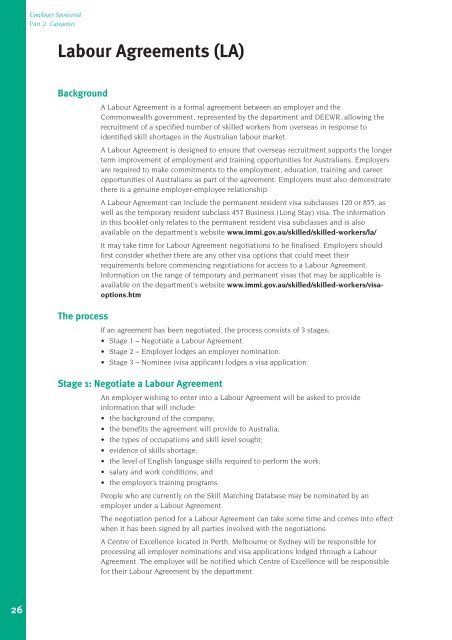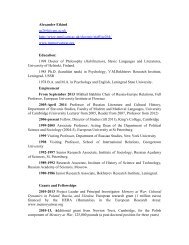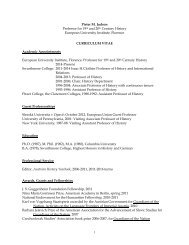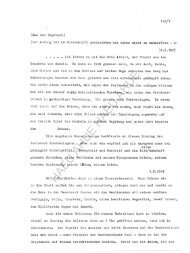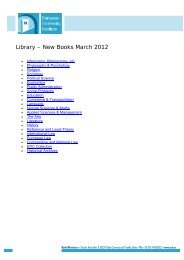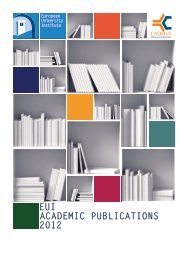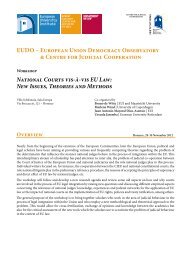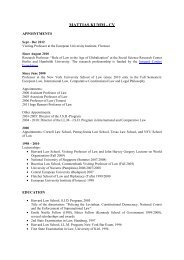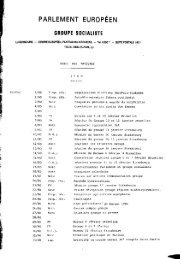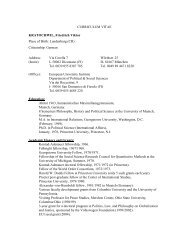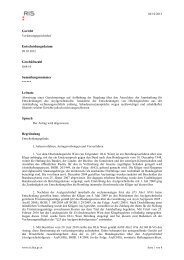1131 - Employer Sponsored Migration - 5
1131 - Employer Sponsored Migration - 5
1131 - Employer Sponsored Migration - 5
Create successful ePaper yourself
Turn your PDF publications into a flip-book with our unique Google optimized e-Paper software.
26<br />
<strong>Employer</strong> <strong>Sponsored</strong><br />
Part 2: Categories<br />
Labour Agreements (LA)<br />
Background<br />
The process<br />
A Labour Agreement is a formal agreement between an employer and the<br />
Commonwealth government, represented by the department and DEEWR, allowing the<br />
recruitment of a specified number of skilled workers from overseas in response to<br />
identified skill shortages in the Australian labour market.<br />
A Labour Agreement is designed to ensure that overseas recruitment supports the longer<br />
term improvement of employment and training opportunities for Australians. <strong>Employer</strong>s<br />
are required to make commitments to the employment, education, training and career<br />
opportunities of Australians as part of the agreement. <strong>Employer</strong>s must also demonstrate<br />
there is a genuine employer-employee relationship.<br />
A Labour Agreement can include the permanent resident visa subclasses 120 or 855, as<br />
well as the temporary resident subclass 457 Business (Long Stay) visa. The information<br />
in this booklet only relates to the permanent resident visa subclasses and is also<br />
available on the department’s website www.immi.gov.au/skilled/skilled-workers/la/<br />
It may take time for Labour Agreement negotiations to be finalised. <strong>Employer</strong>s should<br />
first consider whether there are any other visa options that could meet their<br />
requirements before commencing negotiations for access to a Labour Agreement.<br />
Information on the range of temporary and permanent visas that may be applicable is<br />
available on the department’s website www.immi.gov.au/skilled/skilled-workers/visaoptions.htm<br />
If an agreement has been negotiated, the process consists of 3 stages:<br />
• Stage 1 – Negotiate a Labour Agreement.<br />
• Stage 2 – <strong>Employer</strong> lodges an employer nomination.<br />
• Stage 3 – Nominee (visa applicant) lodges a visa application.<br />
Stage 1: Negotiate a Labour Agreement<br />
An employer wishing to enter into a Labour Agreement will be asked to provide<br />
information that will include:<br />
• the background of the company;<br />
• the benefits the agreement will provide to Australia;<br />
• the types of occupations and skill level sought;<br />
• evidence of skills shortage;<br />
• the level of English language skills required to perform the work;<br />
• salary and work conditions; and<br />
• the employer’s training programs.<br />
People who are currently on the Skill Matching Database may be nominated by an<br />
employer under a Labour Agreement.<br />
The negotiation period for a Labour Agreement can take some time and comes into effect<br />
when it has been signed by all parties involved with the negotiations.<br />
A Centre of Excellence located in Perth, Melbourne or Sydney will be responsible for<br />
processing all employer nominations and visa applications lodged through a Labour<br />
Agreement. The employer will be notified which Centre of Excellence will be responsible<br />
for their Labour Agreement by the department.


